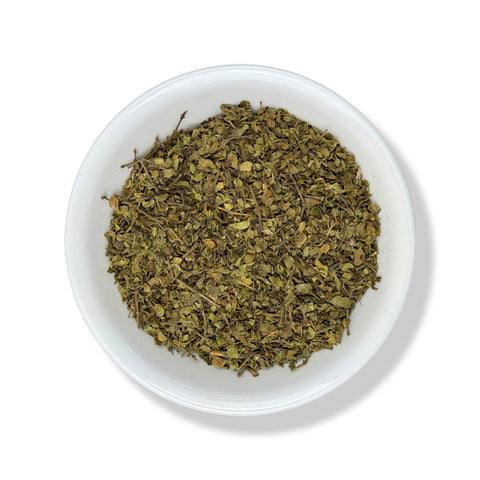
Chaparral (Gobernadora)
- + Buy ANY 5 Products, Get 1 Free! *BULK Products Included*
- + 15-Day Money Back Guarantee
- + Get It Fast! Orders Ship Same Day
![]()
Botanical Name: Larrea tridentata
Origin: Mexico
Chaparral, a resilient desert shrub known for its distinctive, creosote-like aroma and small, dark green leaves, has been utilized in traditional herbal practices for centuries. The plant's hardiness and deep root system are mirrored in the traditional use of its leaves and twigs, which are harvested sustainably to produce our high-quality product.
Chaparral stands as a testament to the resilience and healing properties of desert plants, offering a unique addition to the herbal repertoire of those seeking to explore the wisdom of traditional practices.
Benefits
- Traditionally used in herbal teas for its rich, earthy flavor
- Supports healthy digestion
- Employed in external preparations for its properties
- Included in wellness routines for its historical use in supporting the body’s natural purification processes
These statements have not been evaluated by the Food and Drug Administration. This product is not intended to diagnose, treat, cure, or prevent any disease.
This product is intended for nutritional support. If pregnant, nursing, or taking medication, please consult with a health professional before use.
Keep out of reach of children.

